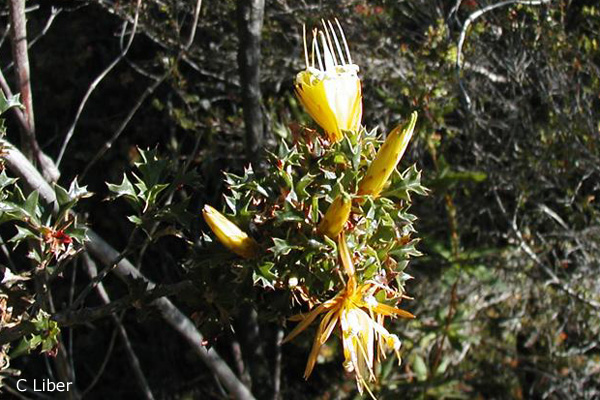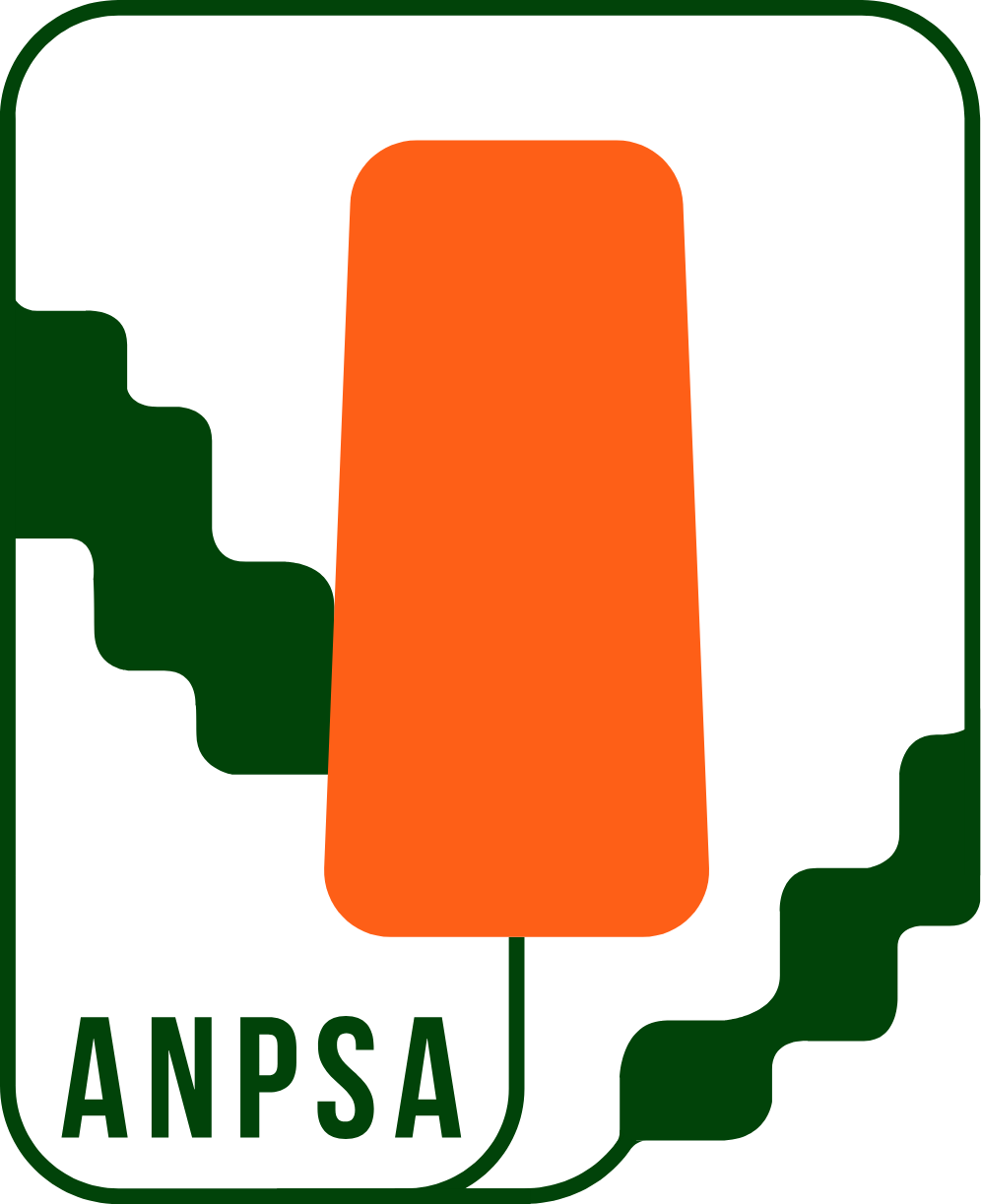General Description:
Lambertia is a small genus of about 11 species, all but one of which occur in the south of Western Australia (Lambertia formosa is the odd one out, occurring in New South Wales). Recent DNA studies suggest the genus is most closely related to woody pears (Xylomelum species).
Lambertia echinata is found in several areas in the southwest of Western Australia. Three subspecies are recognised:
- subsp. echinata
- subsp. citrina (previously known as L. propinqua)
- subsp. occidentalis (western prickly honeysuckle)
Though the species itself is not threatened, 2 of the 3 recognised subspecies are declared Rare flora in Western Australia: subspecies occidentalis is restricted to ironstone habitats near Busselton, and subspecies echinata to areas east of Esperance.
All 3 subspecies are small to medium prickly, much-branched, nonlignotuberous shrubs, often no more than a metre or so high (subsp. echinata) but sometimes reaching 2.5 metres (subsp. citrina and occidentalis). The small prickly leaves are 10-40 mm long with several sharp tipped lobes. The conflorescences are clusters of 7 flowers, each cluster being about 40 mm in length, and are bright yellow or reddish pink (subsp. echinata) in colour. Flowering usually occurs in spring and summer, and is followed by prickly woody fruit.
Although the eastern species Lambertia formosa is often seen in gardens, western lambertias are virtually unknown in cultivation, due in part to their extreme sensitivity to Phytophthora. For any chance of success, L.echinata would require very well drained soils, preferably of a light texture such as sandy loam, and a sunny position.
Propagation would generally be carried out from seed but cuttings may also succeed. Grafting onto the hardier eastern species Lambertia formosa may be a way of bringing this and other western species into cultivation but it is not known if any grafting experiments have been attempted.

Lambertia echinata
Photo: Cas Liber
 Australian Native Plants Society (Australia)
Australian Native Plants Society (Australia)